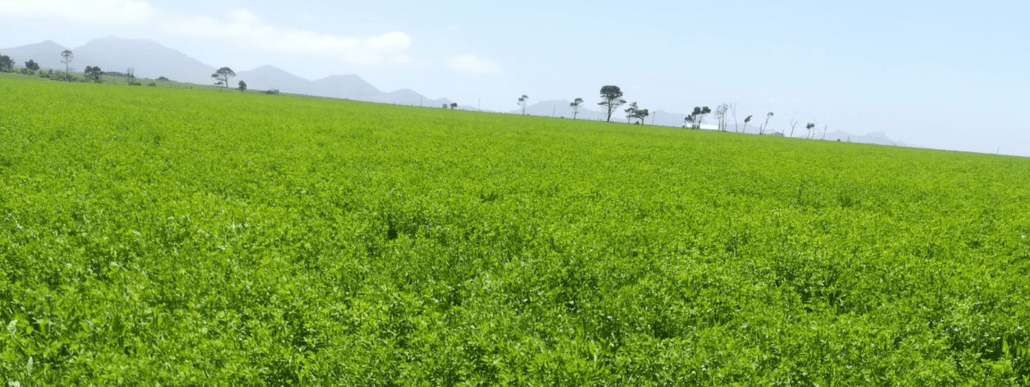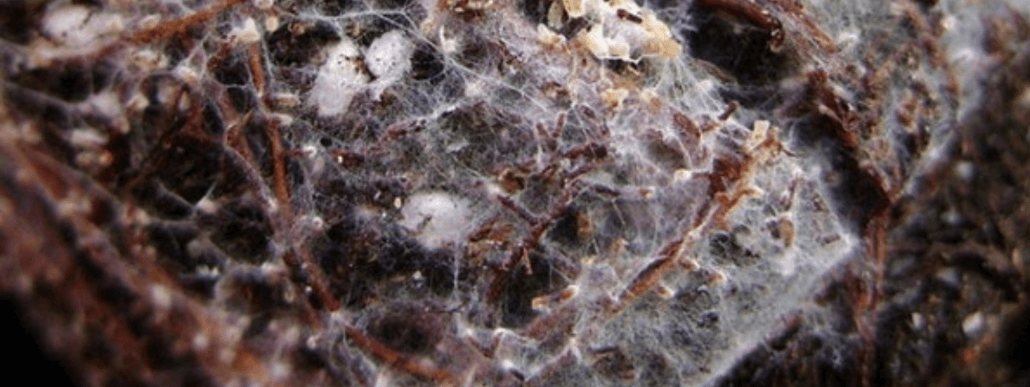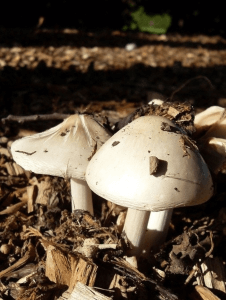Fungi are one of the most important micro-organisms in the soil. People often confuse them to be macro-organisms because the fruiting bodies (mushrooms or the bread moulds) are visible, but they are actually made up of microscopic cells. Fungi can create biomass in the soil that is equivalent to that of two to ten cows in a healthy soil. That is or 500 to 5 000 kg of biomass1,3. Just as John Klironomos, a plant ecologist at the University of British Columbia and co-author of the publication said:
“I find it quite amazing that these organisms that we can’t see can have such a profound effect”
Thus I have outlined below the most prominent benefits of fungi to sustainable agriculture through their role in improving soil health.
Fungi, a protector, storer and supplier
Fungi form a strong wall around the roots of plants. This is in the form of mycelium which protect the roots from being attacked by disease causing microorganisms. This protects plants and keeps them healthy, thus leading to improved plant vigour.
The spongy mycelium absorbs and stores water and nutrients for the plant. It further acts as an extension of the roots, growing to lengths that go deeper in the profile to absorb available nutrients and water, transporting them directly to the plant roots3. This helps in improving the efficiency of irrigation and also opens an opportunity for reduced fertiliser use. Reduced fertiliser inputs will lower both costs and environmental pollution.
Fungi, a structural engineer and a carbon sequester
Fungi release a rich carbon compound called glomalin that glues soil particles together with other organic material forming small and large aggregates. The mould hyphae hold the aggregates together, improving the structure of the soil. This also increases rooting depth, improves water drainage and soil aeration. Glomalin which is 20-40% rich in carbon, and has a rich durable protein coating protects the hyphae3. When the hyphae die, the carbon is released into the soil and continues to create stable soil aggregates2,3. This helps in forming well-structured soil and encourages carbon sequestration.
Initial decomposers, solubilizers and recyclers
Fungi initiate the decomposition of complex carbon compounds such as lignin and cellulose1. Therefore you know that when fungi are present, there will be a kick start to mineralisation in the soil.
Fungi produce enzymes that remove the chemical bonds which tie up phosphorus in soil1. They also enhance the release of root exudates that feed phosphorus solubilising bacteria. In return these bacteria produce enzymes that make phosphate available to plants3. Thus farmers will be less worried about tackling the problem of phosphorus being insoluble in soil.
Habitat
The body created by mycelium and plant roots acts as a habitat for other smaller microbes such as bacteria and protozoa which will participate in the mineralisation of nutrients.
Conclusion
The fundamental functions fulfilled by fungi discussed show why it is considered a key to healthy soils. The presence of fungi leads to preserved energy, and efficient water and nutrient use. This means less costs are incurred, the environment is protected, there are fewer negative social impacts and soil restoration is promoted.
Sources
- Dick, W. 2009. Lecture on Biochemistry Process in Soil Microbiology, Personal Collection of W. Dick, The Ohio State University School of Environment and Natural Resources, Columbus, OH.
- https://www.theglobeandmail.com/technology/science/scientists-identify-the-real-king-of-the-forest-fungus/article33595591/
- Accessed 2019/12/03.
- Frac, M., Hannula, S.E., Bełka, M. and Jedryczka, M. 2018. Fungal Biodiversity and Their Role in Soil Health. Frontiers in microbiology. doi: 10.3389/fmicb.2018.00707.
- Measuring for irrigation efficiency - 2022-09-22
- Why does feed nutrition for dairy cows matter? - 2021-09-20
- Facing a drier future - 2021-05-12



